Schuerich produced a vast range of different glazes and many moulded designs. This section details some of the information that has been discovered so far.
Bambus Decor – First used in teh 1950s. This decor can be found on many Scheurich forms.
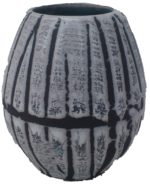

Fabiola Decor – This is relatively common and was produced from the late 1950s to the mid 1980s. The usual colour is dark brown with a red band.
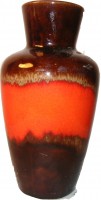
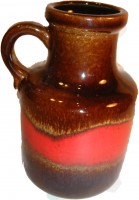
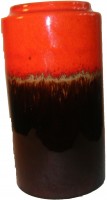
Haro Decor – A later glaze decor, often found on the more modern Scheurich forms
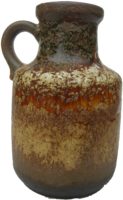
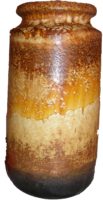
Kascade Decor – This decor from the 1960s consists of a glossy red glaze dripped over a black base glaze.
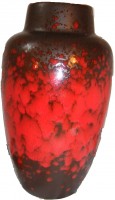


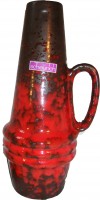
Lora Decor – This glaze sometimes referred to as ‘fire’ or ‘fire and flame’ usually has bands of red glaze surrounded by thick black/white over glaze. There are many different variations of this glaze which reflect the era in which it was produced. Many different versions are shown below.
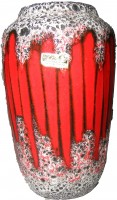


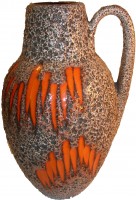

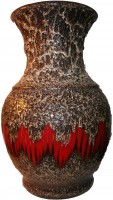

Montignac Decor – This much sought after design has deer and bulls featured, thought to have been inspired by cave paintings discovered in Lascaux (SW France) which was open to the public between 1948-63.
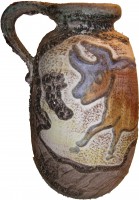
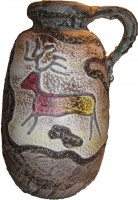
The Subsequent sections detail information on moulded decors.
Amsterdam decor – This decor sometimes referred to as ‘onion’ was mainly produced in the 1970s.
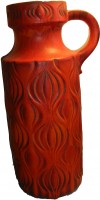
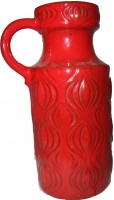
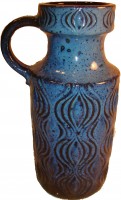

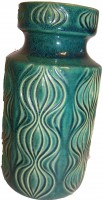
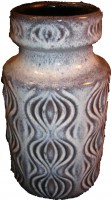
Alska decor – This decor resembles ice crystals or snow flakes.
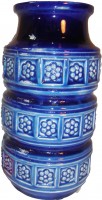
Bernina Decor – Floral glaze

Foligna decor – Which usually incorporates stylised flowers.
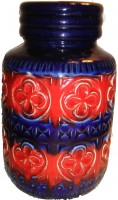
Inka decor – resembling the ethnic designs of this ancient civilisation.
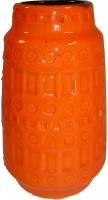
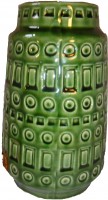
Jura Decor – This decor appears to show snail or shell impressions.
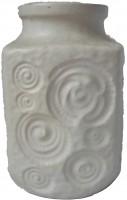
Koralle decor – This design looks like the knots in wood. Koralle however translates from German to mean coral so this decor is likely to represent this marine organism.
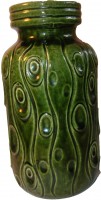

Kosmos Decor – This decor represents space, stars and explosions. This may have been influenced by a surge in interest in space following the Lunar landings (unmanned 1959, manned 1969). This decor is extremely fragile and difficult to find without damage.
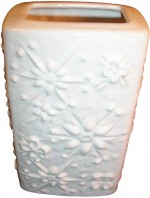
Prisma decor – This moulded design can be found in a number of different glazes.
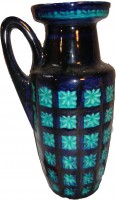

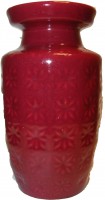
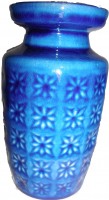
Tundra Decor – This moulded pattern may have been inspired by the pools of water which can be found in the stark tundra polar landscape when the surface soil thaws during the summer months.
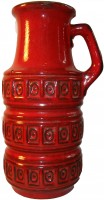

Pingback: WGP Spotted (10) – “Dickinson’s Real Deal” TV Show | Pots And Pots